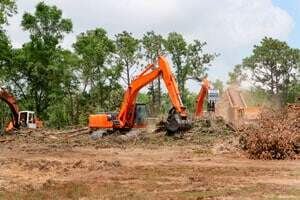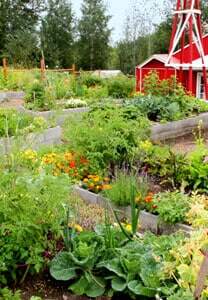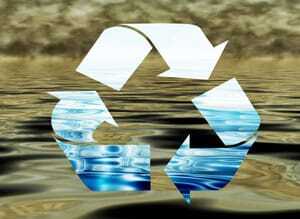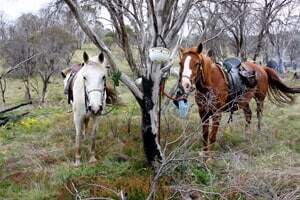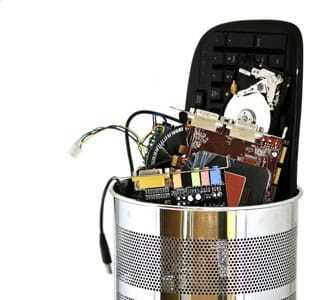 Ground Zero on Global Warming1
Ground Zero on Global Warming1
Global warming is the continuous rise in the average sea, surface and atmospheric temperatures around the Earth. This increase in average temperatures began in the last 50 years and coincided with the industrial revolution and increasing consumption of fossil fuel by people on Earth. Our use of CFC (Chlorofluorocarbon) in aerosol sprays, refrigerators etc. further exasperated the problem by blowing a hole in the protective ozone layer allowing harmful radiation to penetrate all the way to the Earth.2 While it may at times seem like a script for a Sci-fi movie, the situation is a stark reality facing humanity in 2011.
Valuable Time Lost in Proving Humans were Responsible for Global Warming
Any child will confirm that if we sit in a car with doors and windows closed and one of us starts smoking, then the interior is going to get pretty uncomfortable very soon.
When scientists first presented the data and proof that the Earth was heating up, governments around the world scrambled to debunk the suggestion that industries and our appetite for consumption was somehow fuelling global warming3. In fact this state of denial derailed the Word’s first convention on global warming and the scientists lost valuable time in proving that global warming is not a myth or imagination by half crazed scientists crying wolf because the temperature on their thermometers jumped a notch higher.
Instead of asking the scientists to begin planning a strategy on how to turn off or reduce the heat that was causing global warming, the governments asked the scientists to prove that humans were responsible for global warming. By the time scientists proved their theory, and a new convention on global warming was agreed to, a few more years of valuable time was lost4 and the average global temperatures went a notch higher. Governments waited but global warming did not5.
While we waxed on eloquently about how to tackle global warming, the magnificent glaciers began to melt and sea levels rose slightly but high enough to permanently inundate certain low lying regions in the world6. For the first time there was tangible loss – people lost homes and property to global warming and yet, our penchant for procrastination did not stop.
Too little too late
The next convention on global warming set targets for the reduction of green house gases and stipulated the setting up of a global fund for research on alternate fuels. This effort was doomed to fail because the developing countries had just begun their industrial revolution and the developed countries were asking them to stop without offering any viable alternative that would secure and fuel growth in the developing countries without the accompanying pollution and its effects on global warming7. Of course there is also the fact that there wasn’t and still isn’t a real cost-effective viable alternative to fossil fuels8.
Meanwhile the Earth is slowly and inexorably moving towards a future in which humans and animals will not be able to step into the open without an air conditioner strapped on to their back. Will plant life still be there? Will the Earth even look the same? While we might not be able to reverse global warming – at least not yet, we might at least stop it from spiralling out of control by adopting a pro-Earth lifestyle and the time to do it is now, today. Tomorrow or 2012 might just be too late.
Envirosafe Solutions has developed a range of quality Extreme Green products that fit in with the pro-Earth lifestyle of this new era. For more information on these exceptional products, telephone Envirosafe Solutions on 1300 889070
References
1. http://en.wikipedia.org/wiki/Global_warming
2. http://www.centerforsustainability.org/resources.php?category=50&root=
3. http://www.unep.org/ourplanet/imgversn/154/lieberman.html
4. http://www.fao.org/kids/en/gw-un.html
5. http://en.wikipedia.org/wiki/Instrumental_temperature_record
6. http://www.climate.org/topics/sea-level/index.html
7. http://www.everydaycitizen.com/2009/12/copenhagen_clash_between_devel.html
8. http://www.livescience.com/5114-true-costs-renewable-energy.html









